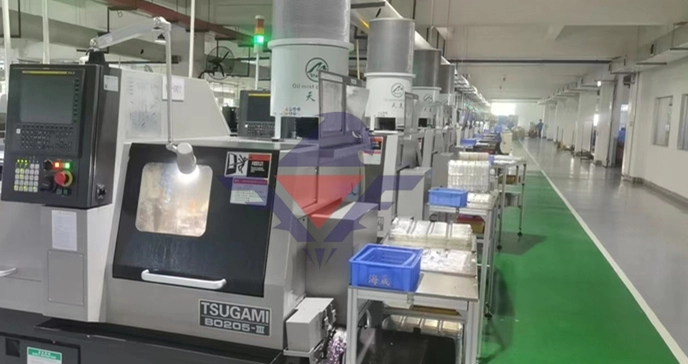Endotoxin Detection Kits for Accurate Bacterial Toxin Measurement

# Endotoxin Detection Kits for Accurate Bacterial Toxin Measurement
## Understanding Endotoxins and Their Impact
Endotoxins, also known as lipopolysaccharides (LPS), are toxic components found in the outer membrane of Gram-negative bacteria. These molecules can trigger strong immune responses in humans and animals, potentially leading to fever, septic shock, or even death in severe cases. Accurate detection and measurement of endotoxins are crucial in pharmaceutical manufacturing, medical device production, and environmental monitoring.
## The Importance of Reliable Endotoxin Assay Kits
Endotoxin assay kits provide a standardized method for detecting and quantifying bacterial endotoxins in various samples. These kits are essential for:
– Quality control in pharmaceutical production
– Safety testing of medical devices
– Monitoring water quality
– Research applications in immunology and microbiology
## Types of Endotoxin Detection Methods
Modern endotoxin assay kits utilize different detection principles:
### 1. Limulus Amebocyte Lysate (LAL) Test
The most widely used method, LAL tests rely on the clotting reaction of horseshoe crab blood when exposed to endotoxins. Available in three formats:
– Gel-clot assay (qualitative)
– Turbidimetric assay (quantitative)
– Chromogenic assay (quantitative)
### 2. Recombinant Factor C (rFC) Assay
A synthetic alternative to LAL that doesn’t require horseshoe crab blood, offering:
– Comparable sensitivity to LAL
– Reduced variability
– Ethical advantages
### 3. Endotoxin-Specific ELISA Kits
These kits use antibodies to detect endotoxins, providing:
– High specificity
– Ability to distinguish between different LPS types
– Suitable for complex matrices
## Choosing the Right Endotoxin Assay Kit
When selecting an endotoxin detection kit, consider these factors:
– Sensitivity requirements (typically 0.005-5.0 EU/mL)
– Sample matrix (aqueous solutions, biological fluids, etc.)
– Throughput needs (single tests vs. high-throughput screening)
– Regulatory compliance (FDA, EP, JP requirements)
– Cost-effectiveness for your application
## Applications Across Industries
Endotoxin assay kits serve critical roles in multiple sectors:
### Pharmaceutical Industry
Ensuring parenteral drugs and vaccines are endotoxin-free is mandatory for patient safety. Regular testing is required throughout the manufacturing process.
### Medical Device Manufacturing
Implants, surgical tools, and other medical devices must be tested for endotoxin contamination before clinical use.
### Biotechnology Research
Scientists use these kits to monitor cell culture conditions, study immune responses, and investigate bacterial pathogenesis.
## Best Practices for Endotoxin Testing
To achieve accurate results:
– Follow kit instructions precisely
– Maintain proper sample handling procedures
– Use endotoxin-free consumables
– Validate methods for your specific application
– Implement appropriate controls in each assay
Keyword: Endotoxin Assay Kits
## Future Developments in Endotoxin Detection
Emerging technologies promise to enhance endotoxin testing:
– Microfluidic-based detection systems
– Biosensor platforms for rapid screening
– Improved recombinant alternatives to LAL
– Automated high-throughput solutions
As regulatory requirements become more stringent and awareness of endotoxin risks grows, the demand for reliable, sensitive, and user-friendly endotoxin assay kits continues to increase across multiple industries.